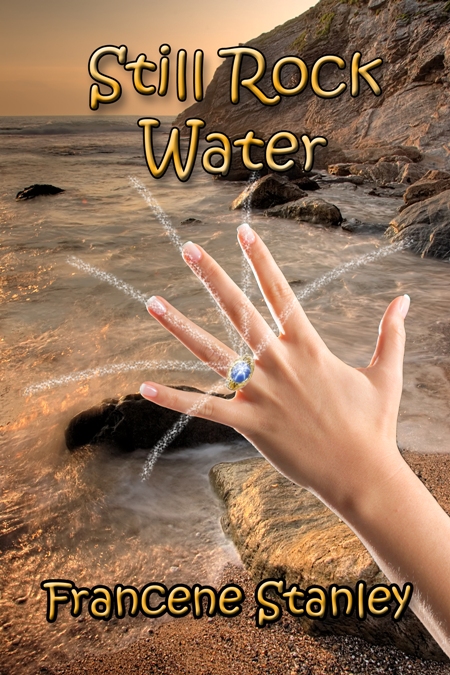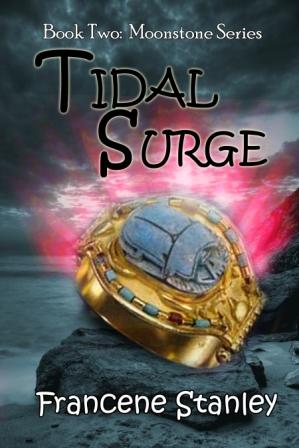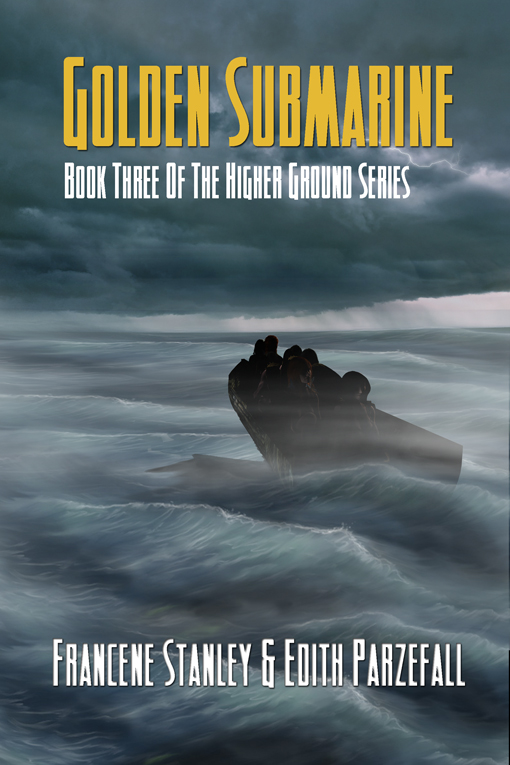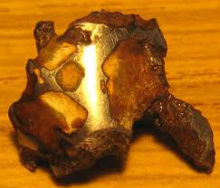 www.clifornia-gold-rush-miners.us
www.clifornia-gold-rush-miners.us For the chieftains of pre-Columbian America, the dazzling yellow stuff they found glinting at the bottom of streams or buried in the rocky ground captured the power of the sun god. They dressed themselves in battle armor wrought from the enchanted metal, believing it would protect them. They were sadly deceived.
Gold didn't protect the pre-Columbian Americans from the steel of the Spanish. But the spiritual nation may well have been right in believing the element was otherworldly.
The idea that gold came from outer space sounds like science fiction. However, in the field of earth sciences, the theory of meteorites bearing the gift of gold has become well-established.
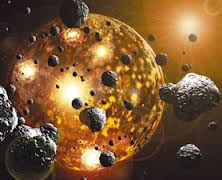 news.discovery.com
news.discovery.com After its birth four-and-a-half billion years ago, the surface of the Earth heaved with volcanoes and molten rock. Then, over tens of millions of years, most of the iron sank down through the outer layer, known as the mantle, to the Earth's core.
Gold would have mixed with the iron and sunk with it.
The theory fits with the pattern of meteorite activity as scientists understand it, climaxing with a huge storm that took place more than 3.8 billion years ago, referred to as the "terminal bombardment". The meteorites punched out the craters we see on the moon and came from an asteroid belt that still exists between Earth and Mars. Read more on the late veneer hypothesis here.
Everything on Earth formed from particles made by an exploding star.
In essence, we are all made up of stardust.
This makes our bodies more miraculous than any hunk of gold. We live and breathe, we imagine and worship, we feel joy and pain in all their subtleties.
Yesterday while shopping, my husband collapsed. Paramedics dropped him home, advising rest before seeing the doctor. At 74, he is usually hale and hearty, doing all the shopping, cooking and cleaning as well as supporting me. I'd rather have a loving companion than all the gold in existence.

 RSS Feed
RSS Feed
